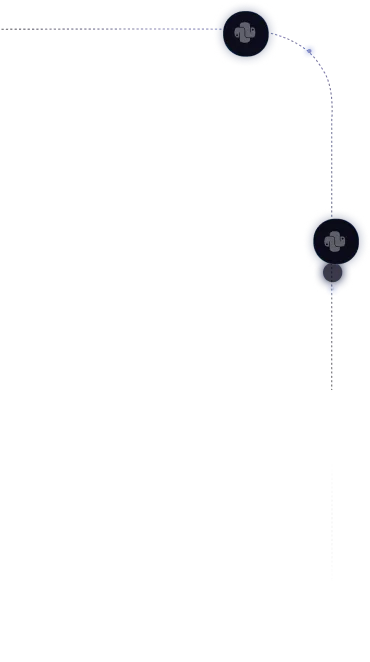
The Wake-Up Call: npm 'is' Package Compromise
In July 2025, the npm package 'is' — downloaded over 2.8 million times per week was compromised via a phishing attack. The attackers created a fake npm domain and tricked the maintainer into giving up credentials, allowing them to upload malware-laced versions. These were quickly adopted by automated build systems across the globe, inserting remote-access backdoors into countless applications. This incident highlights how even trusted open source components can become vectors for sophisticated supply chain attacks. It underscores the critical need for organizations to rethink how they secure their software dependencies and build pipelines.
Why Traditional Containers Failed
Traditional containers are built like miniature operating systems. They include shells, package managers, network tools, and other system utilities — many of which are unnecessary for the application but are ideal targets for attackers. When the malicious 'is' package was executed in these environments, it had access to tools to download more payloads, connect to remote servers, and persist in the system. In essence, developers unintentionally shipped a hacker’s toolkit into production.
Distroless: Security Through Minimalism
Distroless containers flip this paradigm by including only the essentials required to run an application - nothing more. No shell, no package manager, no debugging tools. This results in a dramatically smaller attack surface. By removing utilities that malware typically depends on, distroless containers don’t just reduce risk - they actively disable entire categories of exploits. In the case of the 'is' attack, the malware would have had no shell to execute or tools to abuse. The compromise may still occur, but the impact is neutered.
CleanStart: Taking Distroless Further
CleanStart builds on the distroless model by delivering images with near-zero known vulnerabilities at the time of delivery. This is achieved through automated, daily image rebuilds with the latest upstream patches, rigorous vulnerability scanning, and removal of any non-essential software. Each CleanStart image includes a signed SBOM (Software Bill of Materials) and adheres to the highest levels of supply chain integrity (SLSA Level 4). Where the industry average time to patch is over 200 days, CleanStart delivers critical fixes within a week.
Real-World Impact
Organizations that have adopted distroless and CleanStart images report measurable improvements: - Up to 70% fewer security incidents - 95% faster time to remediate vulnerabilities - 50–90% reduction in container image size - Simpler compliance audits and reporting Operationally, these images also deploy faster, consume less bandwidth, and allow for greater container density driving both security and efficiency gains.
Why This Matters Now
Supply chain attacks are not just more frequent - they’re more targeted, faster-moving, and better funded. The 'is' compromise was part of a broader campaign designed to infiltrate developer environments at scale. CleanStart and distroless approaches offer a strategic response - one that’s proactive rather than reactive. They don’t just fix vulnerabilities, they prevent entire classes of them from existing in the first place.
Bottom Line
Traditional containers are bloated, vulnerable, and overexposed. Every unnecessary binary is a liability. Distroless containers - especially when implemented with CleanStart's rigor - flip the model: lean, secure, and purpose-built. With modern tooling, the transition is straightforward. The real question is: will you make the move before the next attack hits? Distroless isn't just a container strategy - it's an architectural upgrade for a more secure software supply chain.

.svg)
.avif)
.png)



.webp)
.webp)
.webp)


.webp)
.webp)
.webp)







%20(1).png)



